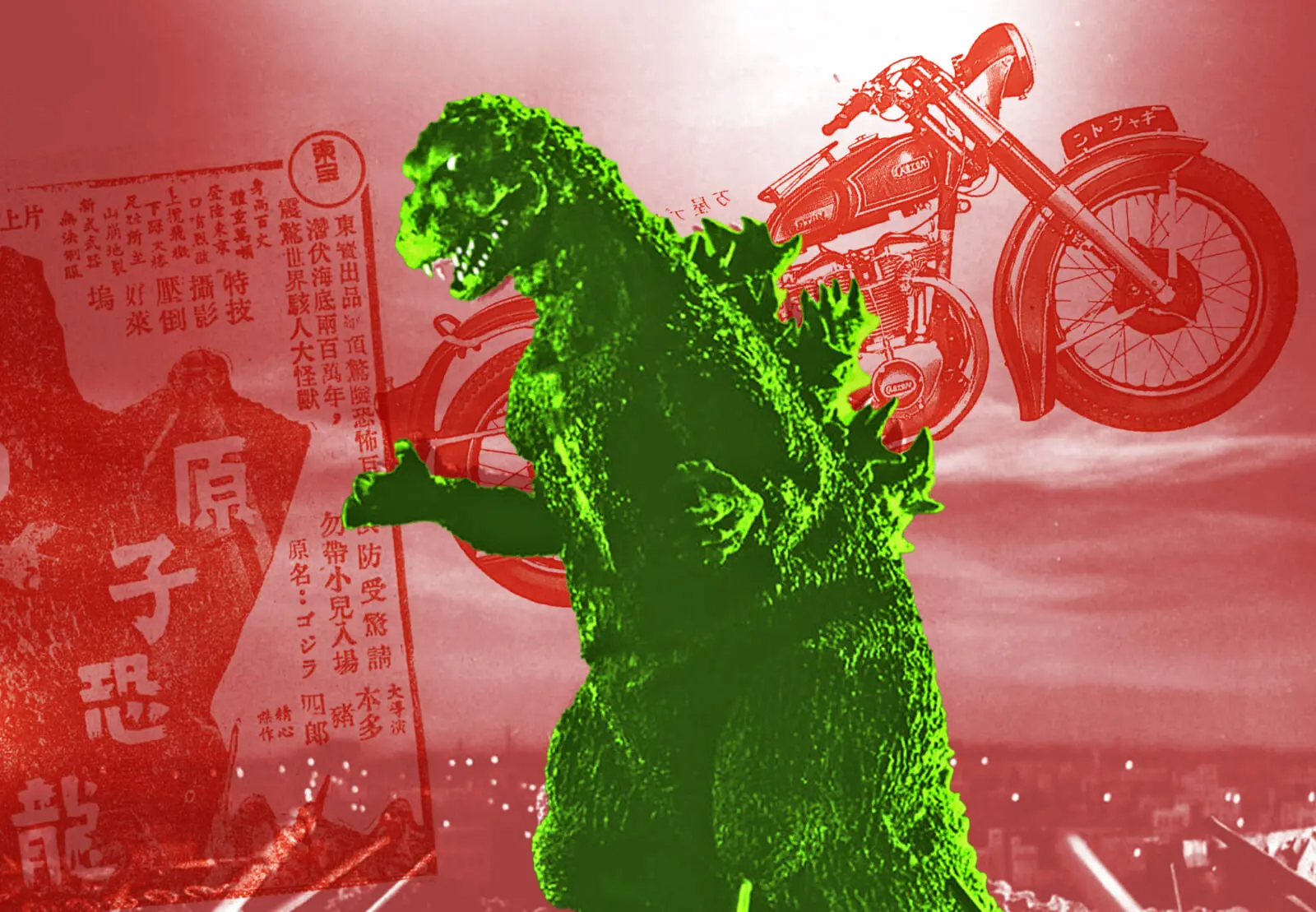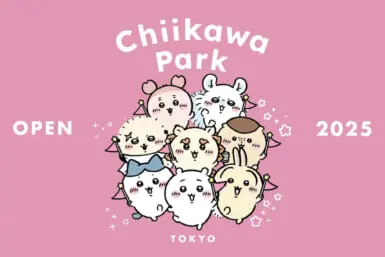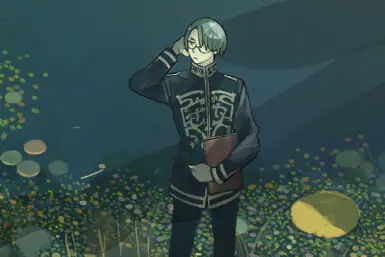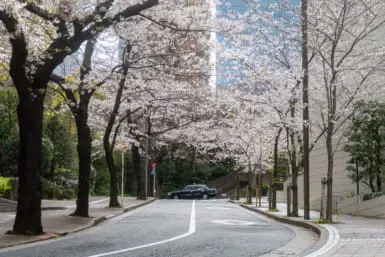Godzilla (1954) is the film that helped create an entire genre of Japanese cinema while popularizing giant monster movies around the world. A dark, existentially haunting allegory about the horrors of atomic weapons with practical effects that still largely holds up, the first Godzilla was a box office and (ultimately) critical success, spawning an entire franchise that’s still going strong after 70 years.
Of course, nobody could have predicted it at the time. Being Toho’s first foray into kaiju movies, there was a lot of uncertainty about the film, so the studio went all out on its marketing, often in very surprising ways.
Appealing to Kids
An unforgettable moment in the movie — in the sense that you won’t be able to forget it no matter how hard you try — is a scene of a mother desperately clutching her three young kids as Godzilla burns down Tokyo around them. Seeing that there’s no escape, she attempts to “calm” her children down by saying “We’ll be where Daddy is soon.”
Today, the Godzilla franchise is definitely more action oriented, but the original should be considered a horror. And yet, even before all the sequels, Toho’s ad executives knew that it would appeal to kids who could repress all the adult themes and focus on the cool giant monster smashing buildings to pieces.
In order to broaden the film’s audience, Toho’s advertising department created picture books, placards, colorful posters and other kid-oriented materials and sent them directly to elementary and junior high schools nationwide.
In the cinemas themselves, kids enjoyed large cutouts, papier-mâché models and balloons featuring the likeness of the King of the Monsters. These meant very little to adults, but they ignited the imagination of children who would go on to become a key demographic of the franchise.
It was with them in mind that the sequel, Godzilla Raids Again (1955), added another kaiju: Anguirus (for double the monster mayhem). His battles with Godzilla were based on pro-wrestling matches.
Even later, the studio started making the most of its money from the film franchise through the Toho Champion Film Festival, which brought movies back to theaters when school was out.
These reruns were usually recut to have less story and more action, paving the way for the modern, action incarnation of the franchise, which started with marketing decisions surrounding the very first Godzilla.

Prominent Product Placement
Product placement in movies was nothing new by the time Godzilla came out in 1954. The practice may have actually started as early as 1896. But it feels wrong to imagine product placement in Godzilla because the movie is a work of allegorical art.
Surely nothing as crass as product placement could have a place in Godzilla? What could you even advertise in a movie about a fiery apocalypse in Japan’s capital? Homeowner’s insurance? Turns out that the answer is motorcycles.
To promote Godzilla, Toho entered into a brief partnership with Cabton motorcycles. If you don’t recognize the name, that’s because the company went bankrupt in the early 1960s. In 1954, however, they were everywhere, with their bikes appearing on promotional Godzilla posters despite only being in the movie for maybe 30 seconds.
Akira Takarada’s character, Hideto Ogata, rides a Cabton bike when he goes to visit the reclusive scientist Serizawa to find a way to kill Godzilla. Once you know that the scene was shot as product placement, it’s hard not to notice that it’s a little off.
Showing how Hideto got to the lab was totally unnecessary and messed up the pacing of the movie, especially when the camera fixated on the bike from an awkward angle, all to show off the name Cabton on the side of the machine.
Godzilla’s Sweet Tooth
In the months leading up to the release of Godzilla in 1954, the Morinaga confectionery company that sponsored in-train promotional posters for the movie also ran a side campaign for its Morinaga Milk Caramels, in which people could enter a draw to win an invitation to a pre-screening of the film.
Business decisions like these won’t surprise anyone today when you can get Godzilla cookies, candies, hot sauce and energy drinks. But 70 years ago, with a movie that is, at its core, a simple allegory about nuclear weapons, the prominent role of caramels behind the scenes feels a little odd.
It’s tempting to think that Godzilla succeeded on just the strength of its story but, as we’ve just seen, the truth is a lot more complex.









